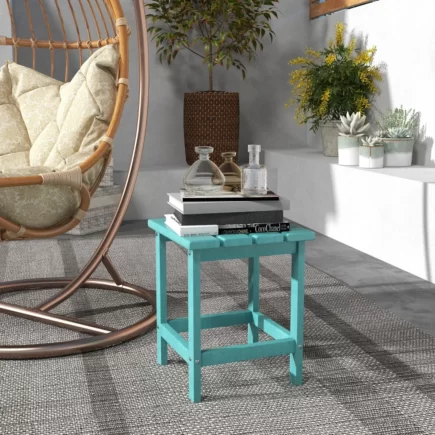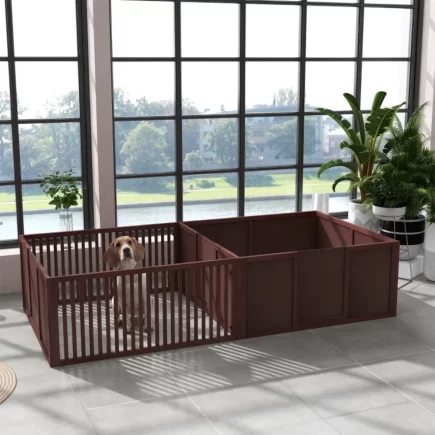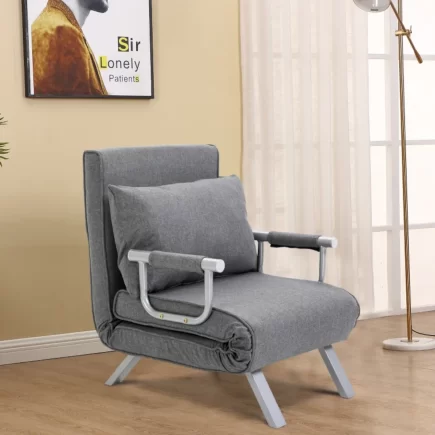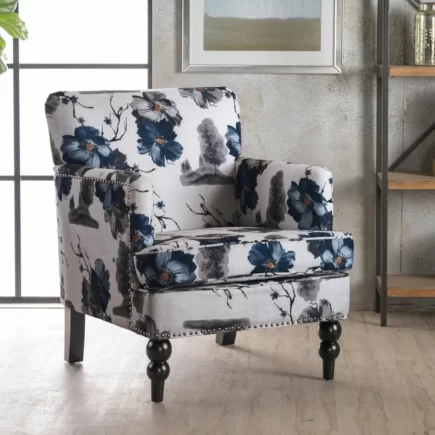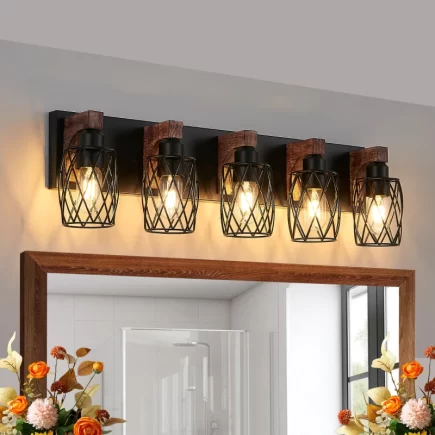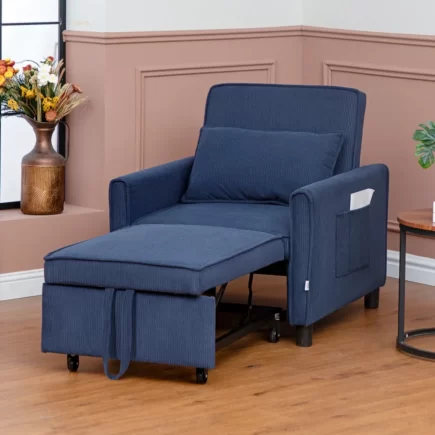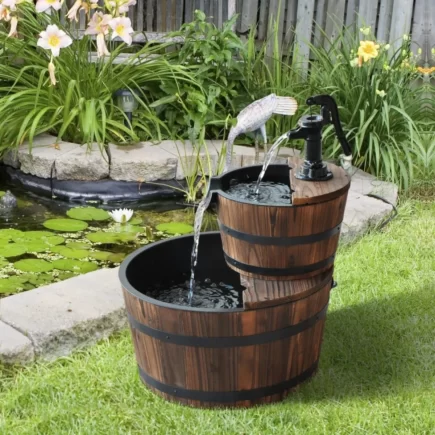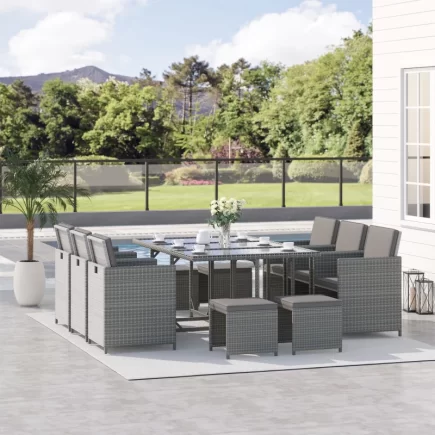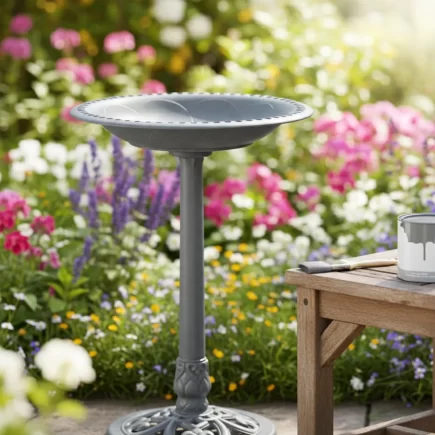When it comes to selecting the right bed frame for your bedroom, the decision often boils down to a choice between wood and metal. Both materials offer distinct advantages and drawbacks, and the right option depends on several factors, including style preferences, comfort, and long-term durability. This article will dive deeper into the unique characteristics of wood and metal bed frames, highlighting key differences that can help you make an informed decision.

Cultural Significance and Historical Context
Wood and metal bed frames have both evolved over centuries, each having its own cultural significance.
Wood Bed Frames
Wooden bed frames have been around for centuries and were historically viewed as a symbol of wealth and craftsmanship. The use of intricate carvings and fine woods, such as oak, walnut, or mahogany, often signified status. For many centuries, wood was the material of choice for bed frames due to its availability and ease of work.
Metal Bed Frames
In contrast, metal bed frames gained popularity during the Industrial Revolution. With mass production becoming more prevalent, metal frames offered a more affordable and durable option. Steel, iron, and brass bed frames were not only functional but became symbols of modernity. Today, metal bed frames are often associated with sleek, contemporary, or industrial designs.

Thermal Conductivity and Comfort
A bed frame’s material can influence the temperature of your sleep environment, impacting your overall comfort.
Wood Bed Frames
Wood has natural insulating properties, meaning it can help maintain warmth during colder months. The natural density of wood can help regulate temperature, making it more comfortable for people who live in cooler climates. If you’re someone who tends to get cold easily, a wooden bed frame might provide that extra layer of warmth.
Metal Bed Frames
On the other hand, metal bed frames can react differently to temperature changes. Metal tends to absorb and radiate heat, making it colder in winter and hotter in the summer. This might not be ideal for those who live in places with extreme temperatures, as the frame’s temperature could disrupt your sleep quality.
Impact of Material on Noise Levels
While both wood and metal bed frames are generally sturdy, they can impact noise levels differently over time.
Wood Bed Frames
Wooden bed frames tend to be quieter but are not immune to noise. The wood can develop squeaks, particularly if the joints or screws are not adequately maintained. However, wood’s noise is often quieter and more subtle than the squeaks and creaks found in metal frames.

Metal Bed Frames
Metal bed frames, especially those with joints or screws, can develop creaking sounds with movement. Over time, the metal can contract and expand with temperature changes, making the frame more prone to noise. While metal frames are often built to last, they might require additional maintenance to prevent noisy disruptions in your sleep.
Health Considerations: Allergies and Sensitivities
For individuals with allergies or sensitivities, the material of the bed frame can play an important role in their overall health.
Wood Bed Frames
Wood is a naturally hypoallergenic material, which means it doesn’t typically hold onto dust or allergens as much as other materials. If you suffer from respiratory issues or allergies, a wooden frame may be a better option as it won’t harbor dust mites or other irritants as readily as metal frames can.
Metal Bed Frames
Metal, however, can be problematic for those with allergies. Some lower-quality metal bed frames may have coatings that emit fumes or rust over time, potentially aggravating respiratory issues. It’s essential to consider the material’s quality and any finishes that may affect your health when choosing a metal bed frame.

Customization and DIY Potential
Wooden bed frames offer far more opportunities for customization compared to metal frames.
Wood Bed Frames
Wood is incredibly versatile. You can easily stain, paint, or modify the design of a wooden bed frame to match your changing tastes. DIY enthusiasts will appreciate the flexibility that wood offers, as it can be sanded down and re-stained to give it a fresh look.
Metal Bed Frames
While metal frames can be sleek and modern, they tend to come in more fixed designs. However, some higher-end metal frames may allow for interchangeable parts or different finishes, offering some flexibility. But in general, metal frames are less customizable than wood.
Space and Visual Weight
Both wood and metal bed frames have different visual weights that can impact the look and feel of a room.
Wood Bed Frames
A large wooden frame, especially one with intricate detailing or a heavy design, can add a sense of solidity and richness to a bedroom. Wood often adds a warm, natural element that complements various interior design styles, from traditional to contemporary.
Metal Bed Frames
Metal frames, on the other hand, can have a lighter, more airy feel. They are perfect for creating a modern, minimalist, or industrial look in a bedroom. Their sleek lines and reflective surfaces can make a room feel more open and spacious, especially in smaller spaces where a bulkier wood frame might feel overpowering.
Influence on Room Lighting and Ambiance
The material of your bed frame can also affect the lighting and ambiance of your bedroom.
Wood Bed Frames
Wood bed frames reflect light in a warm and natural way, especially if the wood is finished with a light stain or lacquer. This creates a softer, cozier atmosphere in the room. Depending on the wood finish, it can either blend with other furniture or stand out as a focal point.
Metal Bed Frames
In contrast, metal frames have a more modern and industrial feel. Their shiny, reflective surfaces can enhance the lighting in a room, often making it feel brighter and more dynamic. If you prefer a contemporary or industrial design, a metal bed frame can be a perfect match.

Longevity and Patina: Aging Gracefully
Both wood and metal bed frames age over time, but in different ways.
Wood Bed Frames
Wood naturally develops a patina over time, with the grain becoming richer and more defined. This aging process can add to the character of the bed frame, making it more visually appealing. High-quality wood can last for generations, but it requires proper care to prevent issues such as cracking or warping.
Metal Bed Frames
Metal, particularly steel or wrought iron, can be incredibly durable, but it requires more maintenance to retain its aesthetic appeal. Rust is a common problem for metal frames, especially those exposed to moisture. High-quality metal frames with powder-coated finishes or brass frames will require less upkeep but still need regular cleaning to prevent deterioration.
Maintenance and Care Over Time
The upkeep for wood and metal bed frames varies in terms of time, effort, and cost.
Wood Bed Frames
Wood requires more care and attention. To maintain its appearance, wood needs to be dusted regularly and may require polishing or re-staining over time. While wood is durable, it can be susceptible to dents and scratches, which can be repaired with proper sanding and refinishing.

Metal Bed Frames
Metal frames generally require less maintenance. A quick wipe-down is often enough to keep them looking clean. However, metal can corrode if exposed to moisture, so occasional rust prevention is essential, particularly for cheaper frames. Cleaning metal frames is simple but can require special care if they start to develop rust.
Aesthetic Flexibility in Modern Interior Design
Both wood and metal bed frames offer design flexibility, but in different ways.
Wood Bed Frames
Wood is versatile and can be used in a wide variety of interior design styles. Whether you prefer rustic, Scandinavian, or bohemian styles, wood can adapt to any theme. Additionally, wood complements a wide range of bedding, such as floral, linen, or minimalistic designs.
Metal Bed Frames
Metal, on the other hand, fits perfectly with modern, industrial, or vintage-inspired designs. The sleek, streamlined nature of metal frames gives them a more contemporary feel, which can be ideal for minimalistic or loft-style bedrooms. While metal can complement many design styles, it’s particularly favored in modern and industrial settings.

Which Frame Fits Your Needs?
Ultimately, the decision between a wood or metal Bed Frame comes down to your personal preferences and the specific needs of your bedroom.
If you’re looking for timeless elegance, warmth, and the potential for customization, a wood bed frame might be your best choice. Wood’s natural beauty and rich texture can provide comfort and style for many years. However, if you’re seeking durability, a modern aesthetic, and less maintenance, a metal bed frame could be the ideal solution.
Consider the cultural significance, comfort, health implications, and design flexibility of each frame type when making your choice. Whether you prioritize aesthetics, longevity, or ease of care, both wood and metal bed frames have their unique advantages. By carefully assessing your needs, you’ll be able to select the frame that fits perfectly within your home and lifestyle.
FAQs
1. Which bed frame is better for small rooms, wood or metal?
Metal bed frames are often better for small rooms due to their lightweight design and ability to create a more open, airy feel. Their sleek lines can make the space appear larger, while wooden frames can sometimes feel bulkier and crowd the room.
2. Are metal bed frames more prone to rusting in humid climates?
Yes, metal bed frames, especially those made of steel or iron, are more susceptible to rust in humid environments. Regular maintenance, such as applying a rust-resistant coating, can help prevent this issue, but wood may be a better option in highly humid conditions.
3. Can a wooden bed frame break easily under heavy weight?
Wooden bed frames can hold a lot of weight, but excessive pressure, especially on lower-quality wood or poorly constructed frames, can lead to cracking or breakage. Choosing a high-quality, solid wood frame ensures durability and better weight distribution.

